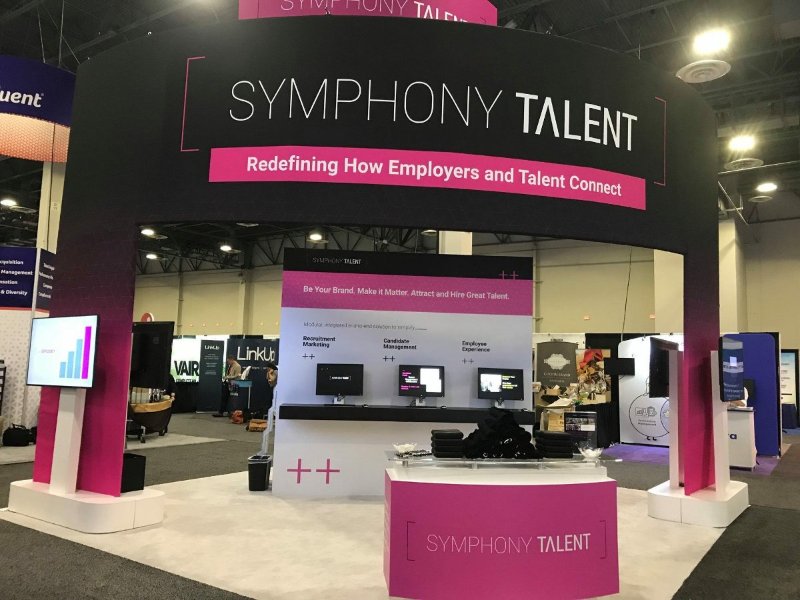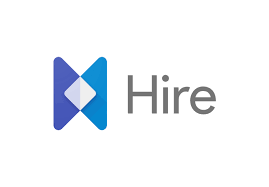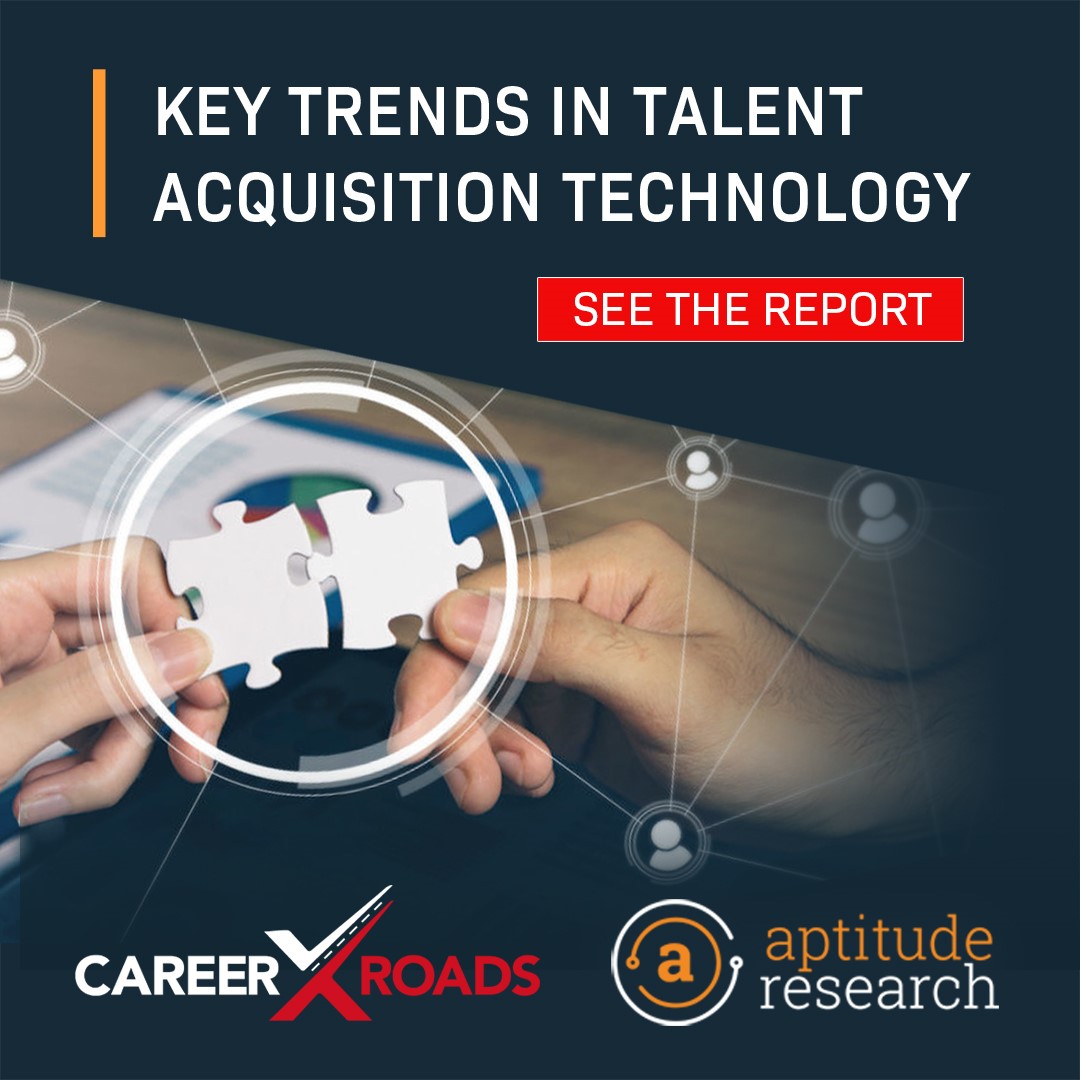The HR Technology Conference gives me the opportunity to reflect on the past year and look ahead to the future. In preparing for this year’s event, I decided to dig up old notes and presentations from the past 14 years. This landscape has changed dramatically. Integrated talent management has been replaced with employee experience. Big data is nowhere to be found. And talent acquisition and AI are at the center of it all.
When thinking about trends, the pendulum always seems to swing back and forth between start-ups driving innovation and traditional players enhancing products. As I tried to figure out where I would land, I began to realize that this year’s event wasn’t really about the technology. It was about the people.
HR professionals were driving innovation and change at this year’s event. They were asking the tough questions, aligning with business objectives, showing value in their investments, and evaluating providers that can stand-up as partners. Executives from P&G, Walmart and Spectrum openly shared their experience with AI and deep learning in talent acquisition. Fedex and Verizon questioned the CRM providers’ ability to support legal concerns. Oh, and McDonald’s announced that candidates can now apply for a job using Alexa or Google Home. The HR buyer at this year’s event was more sophisticated than ever before.
Solution providers need to keep up with these expectations. They need to work to establish partnerships across every layer of the organization from leadership to product teams to customer support. Below are a few of the providers making partnerships a priority.
Talent Acquisition
Beamery: Beamery, a company founded in the UK, has had tremendous success expanding into the US market with significant brand awareness and customer acquisitions. It is a product company that continuously innovates while somehow mastering the art of customer success. It is helping companies clarify this market through its Talent Operating System model which helps companies at any stage of recruitment marketing.
Cornerstone OnDemand: Cornerstone is making a commitment to talent acquisition this year. It has focused on improving the user experience for all stakeholders, improving speed to task and automation, and investing in internal mobility as well as personalization.
Jobvite and Talemetry: All eyes have been on Jobvite this year with K1’s acquisition of Jobvite, Talemetry, Canvas and Rolepoint. Over the past 16 months, Jobvite has continued to maintain its strong commitment to product and client support. Last week, it announced a fully integrated talent acquisition suite that uses smart automation to connect data, processes and interactions across the candidate journey. The big focus is to help clients get data from one place and consolidate all reporting and analytics.
Symphony Talent: Symphony Talent has continued to strengthen its deep functionality in career sites, candidate journey, and candidate communication. It has differentiated itself in a competitive market with an innovative product, global capabilities, and strong services.
Entelo: Entelo acquired ConveyiQ this year and is in the process of combining two products to provide companies with better sourcing capabilities, automation and candidate communication.
Scout: Scout is a recruitment marketplace that connects search firms and corporations. Originally founded in 2012 as an agency, Scout is now a platform that uses machine learning to analyze billions of recruiting performance data points to predict recruiter success by specific job type. Scout’s AI then matches specific recruiters to specific jobs to ensure candidate quality while reducing fill times.
Yello: Aptitude has identified campus recruiting as a top area of investment for companies this year and Yello continues to be a leader in this market. Yello is enhancing its campus recruiting capabilities. It is focused on sourcing and the candidate experience. Its Passport product uses one code and a single point of entry for candidates to update their resumes for all jobs that they may want to apply.
Employee Experience Surveys
Willis Towers Watson: Willis Towers Watson’s differentiator is its deep domain expertise across services, data and technology. While many of its traditional competitors have not been able to expand into software, Willis Towers Watson has seen tremendous growth in its Employee Insights solutions including surveys, pulse surveys, and its HR portal. It helps clients ask questions in the right way, use data to drive decisions, and take action on findings.
Ultimate Software: Ultimate Software is a provider that has excelled through strong products, team and a focus on partnering with companies across every area of HR Technology. Its Perception product helps companies track, measure and improve the employee experience through better communication and AI that enables change.
Limeade: Limeade brings together employee well-being, inclusion, communication and engagement in one platform. My briefings with Limeade are always a highlight at HRTech because I get to spend time with its incredible team talking about the topics that matter in the workforce. Limeade has built a framework around care and the impact a culture of care has on the employee experience.
Moovila: If you have ever led a project or leveraged a project management tool, you know that projects are rarely delivered on time or on budget. Moovila is helping companies bring autonomy to work and project management through the use of critical path modeling and diagnostics, real-life capacity management, AI, machine learning, and IoT integration.
Conversational AI
IBM: IBM offers clients several AI solutions including Watson Candidate Assistant (WCA), Watson Recruiter Assistant and Watson Career Coach. WCA includes a wide range of capabilities from chatbots to messaging and is rolled-out to multiple sites and by geography. WRA partners with several of the larger ATS to offer capabilities that improve candidate communication and candidate match. WCC is a post-hire solution that enables career development and internal mobility.
Jobpal: Jobpal was founded in 2016 in Berlin and has some significant global customers including British Airways, DHL, and BSF. It is helping companies communicate with candidates and improve conversion rates and has strong integrations with messaging platforms. We can expect to see Jobpal emerge as a leading player over the next year with new partners, capabilities, and plans to develop internal mobility capabilities.
AllyO: It has been a big year for AllyO. This providers has raised $45 million and expanded capabilities beyond talent acquisition. AllyO is tackling the employee experience and bringing its conversational AI solutions to help companies better engage and retain employees. AllyO Connect provides a SMS inbox for companies to engage with employees and candidates in one central way.
Mya: Mya is impressive on all fronts from its strong leadership team to its product vision to its customer success model. Mya has established a very strategic partnership with Workday as well as Bullhorn, SmartRecruiters, Avature, and SAP. This conversational AI platform enables customers to improve talent acquisition efforts including 93% screen completion rates, 79% time-to-interview reduction, 2.5x increase in funnel conversion, and 144% recruiter productivity gains. It is helping provide clarity to the role conversational AI plays in talent acquisition and the value it can deliver.
Assessments and Interviewing
Modern Hire: The lines between assessment and interviewing have blended. Earlier this year, Montage and Shaker merged companies to create what is now Modern Hire, a platform that combines science, technology, and predictive analytics to improve hiring and candidate communication. I have worked closely with both companies over the years and have always been impressed with the teams, clients and products. Combined, their clients include nearly half of the Fortune 100 companies.
Outmatch: The acquisition of Wepow last year proves to be a valuable investment for Outmatch as it expands its offering beyond assessments. Outmatch is seamlessly integrating these products to give customers the flexibility to use video and assessments together. Outmatch offers a simple user experience that helps companies identify quality hires through its solutions.
The future of HR Technology is in the ability to partner, stay flexible to what customers need, and deliver on what has been promised. Providers that will succeed will be those that understand and work closely with today’s more sophisticated buyer.
It is a great time to be in HR Tech!









